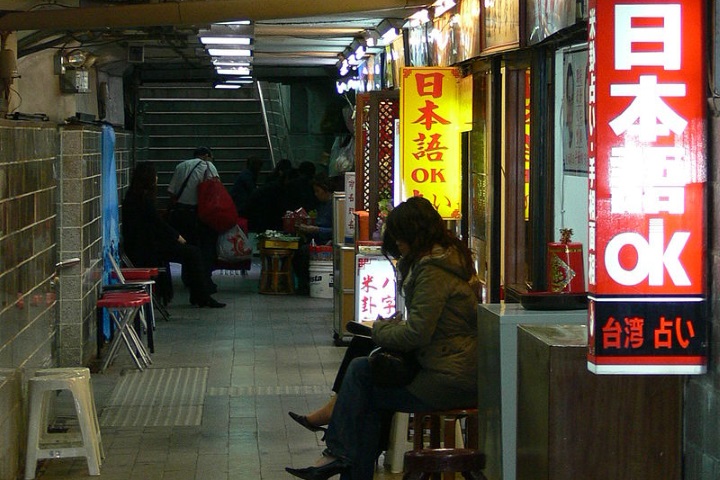Abstract
In 2005, I watched a performance by Osaka rock band Nine at a live music club in Seoul. Between songs, lead singer Shibata Takenori talked about his background, speaking smoothly in Japanese and Korean, while occasional switching to English. He uses all three languages on his website, too, expressing his feelings as a Japan-born person of Korean descent. I mention Nine, not only because Shibata himself represents one type of transnationalism, but also because the audience that night in Seoul was composed almost entirely of young women. The Korean women thronging around the stage were joined by adoring female fans from Japan, all following the handsome lead singer’s every move, applauding and yelling out encouragement at various points. The young women from both countries were dressed in similar clothing, their make-up and hairstyles reflecting shared concepts of beauty. Japan-based indie bands such as Nine usually fly below the radar when it comes to the international “Cool Japan” image promoted by the Japanese government and the corporate culture industry. During Nine’s performance, it was clear, however, that the band enjoyed a solid female support base in at least two countries. In this essay, I hope to draw attention to this minor variety of Asian transnationalism, the cross-border sharing of girl culture.

This work is licensed under a Creative Commons Attribution-NonCommercial-NoDerivatives 4.0 International License.

